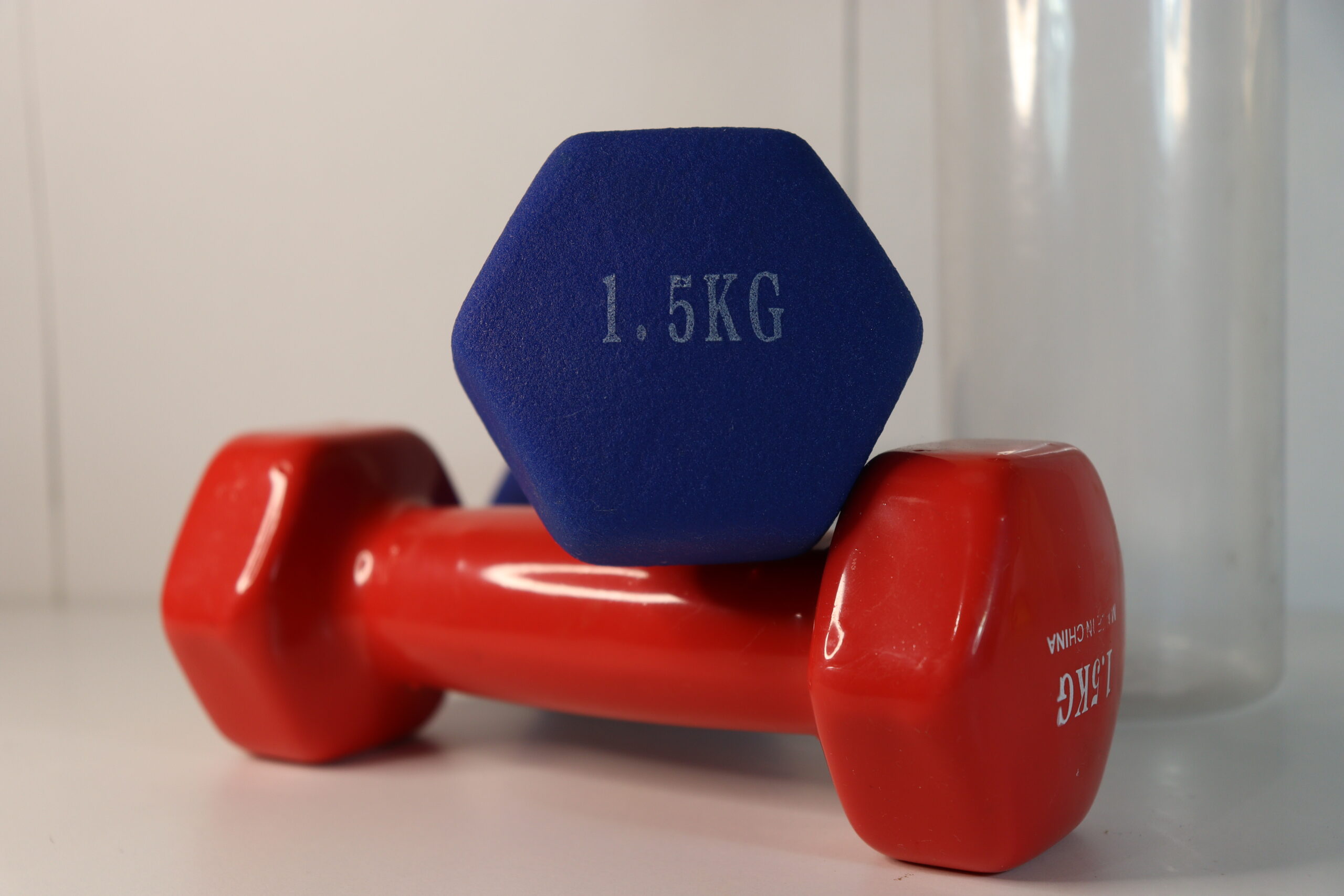Should I use weights while doing lunges?
Title: Should I Use Weights While Doing Lunges?
Introduction:When it comes to lower body exercises, lunges are often a popular choice. They are known to target and strengthen multiple muscle groups, including the quads, glutes, and hamstrings. However, some fitness enthusiasts debate whether adding weights to lunges is necessary or even beneficial. In this blog post, we’ll explore the pros and cons of incorporating weights into your lunge workouts, helping you make an informed decision about whether or not to use them.
The Benefits of Weighted Lunges:1. Increased resistance: Adding weights to your lunges increases the resistance on your muscles, making them work harder. This can lead to greater muscle activation and improved strength gains over time.
2. Enhanced muscle development: By incorporating weights, you can specifically target and develop the muscles of your lower body. This can help shape and tone your legs, glutes, and hamstrings, leading to a more defined and sculpted appearance.
3. Improved balance and stability: As you perform weighted lunges, your core, as well as the smaller stabilizer muscles in your legs and hips, become engaged to maintain balance. This can improve your overall stability and coordination, helping prevent injuries in day-to-day activities or sports.
The Drawbacks of Weighted Lunges:1. Form and technique: When using weights, it is crucial to maintain proper form during lunges. Adding too much weight or performing the exercise incorrectly can put unnecessary stress on your joints, potentially leading to injury. If you are new to lunges or have any pre-existing joint issues, it’s advisable to start with bodyweight lunges and gradually progress to weighted lunges under the guidance of a qualified fitness professional.
2. Limited range of motion: Weights can affect your range of motion during lunges, especially if you are using heavy loads. If you find it challenging to maintain proper form or your range of motion is compromised while using weights, it might be best to focus on perfecting your technique without weights until you feel comfortable progressing further.
3. Individual goals and preferences: The decision to use weights ultimately depends on your fitness goals and personal preferences. If your primary objective is to increase muscle strength and size, incorporating weights can be beneficial. However, if you are more focused on improving endurance, stability, or range of motion, bodyweight lunges might be more suitable for you.
Conclusion:Incorporating weights into your lunge workouts can offer numerous benefits, such as increased resistance, enhanced muscle development, and improved balance. However, it is crucial to exercise caution and prioritize proper form to avoid potential injuries. If you are a beginner or have any joint concerns, it may be best to start with bodyweight lunges and gradually progress to weighted lunges as you gain strength and confidence.
Remember, it’s always a good idea to consult with a fitness professional who can assess your individual needs and guide you towards the most suitable exercise routine. Whether you choose to use weights or stick to bodyweight lunges, the key is consistency and gradual progression to achieve your desired results safely and effectively.



